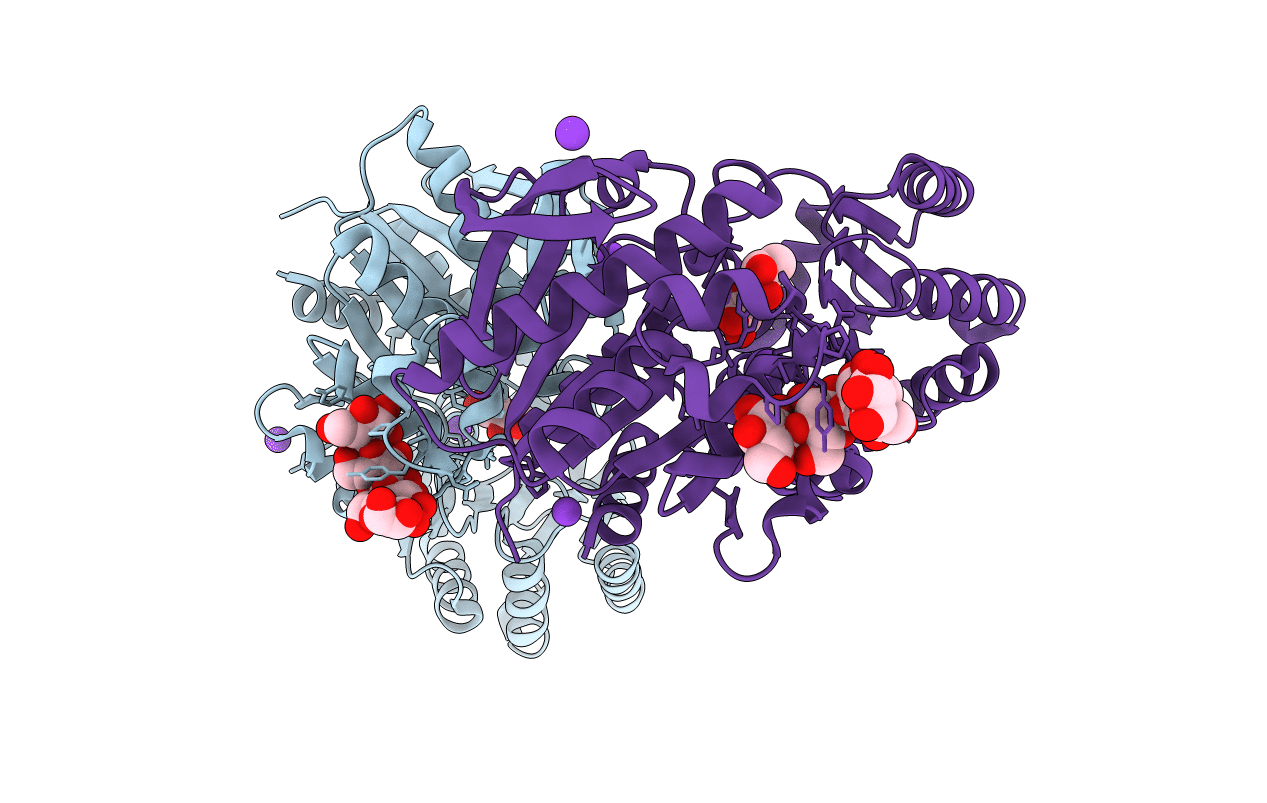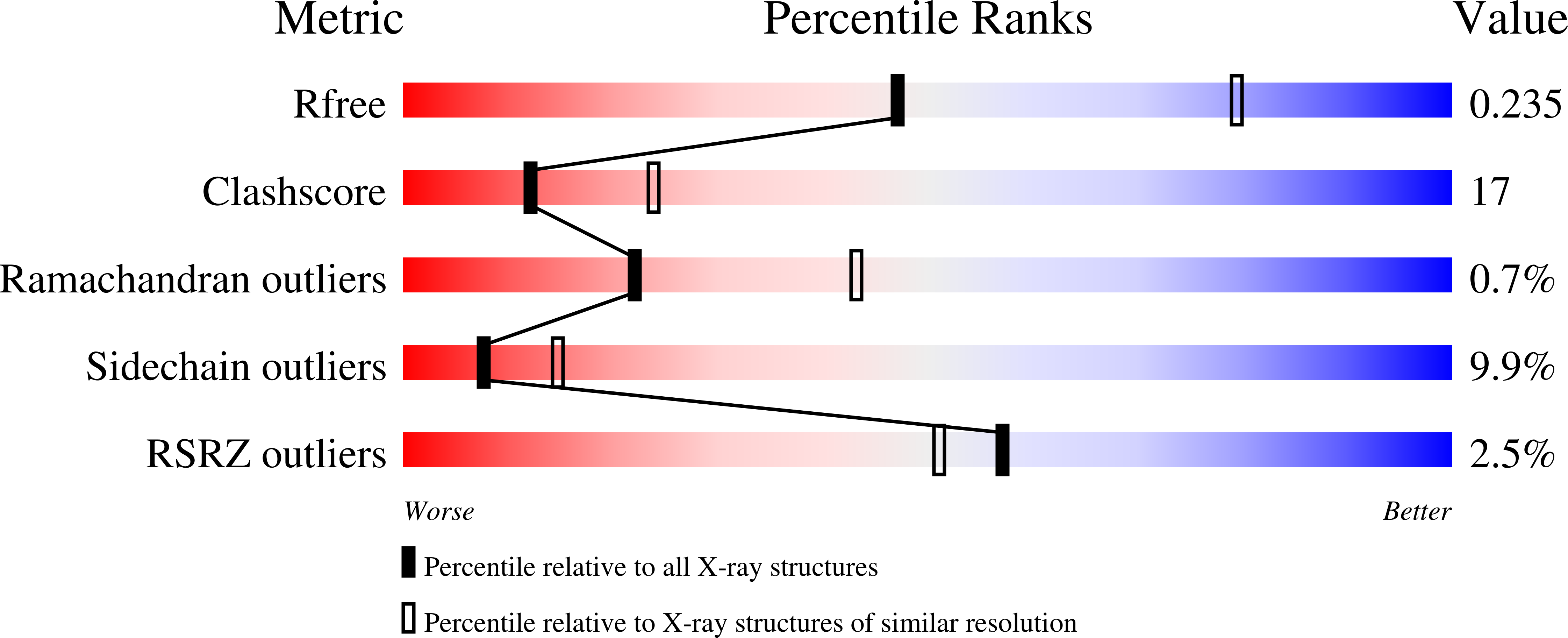
Deposition Date
2009-12-09
Release Date
2010-12-29
Last Version Date
2024-11-20
Entry Detail
PDB ID:
3L01
Keywords:
Title:
Crystal structure of monomeric glycogen synthase from Pyrococcus abyssi
Biological Source:
Source Organism:
Pyrococcus abyssi (Taxon ID: 29292)
Host Organism:
Method Details:
Experimental Method:
Resolution:
2.60 Å
R-Value Free:
0.22
R-Value Work:
0.19
R-Value Observed:
0.19
Space Group:
P 21 21 21


